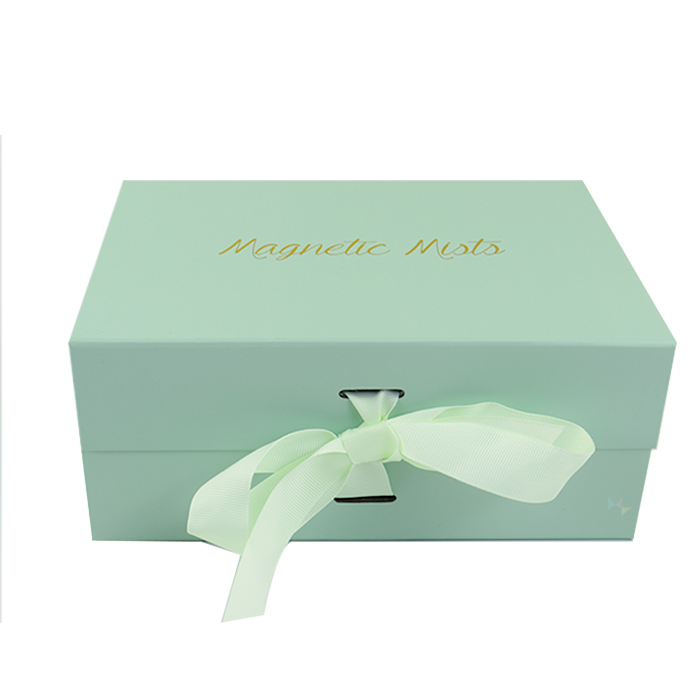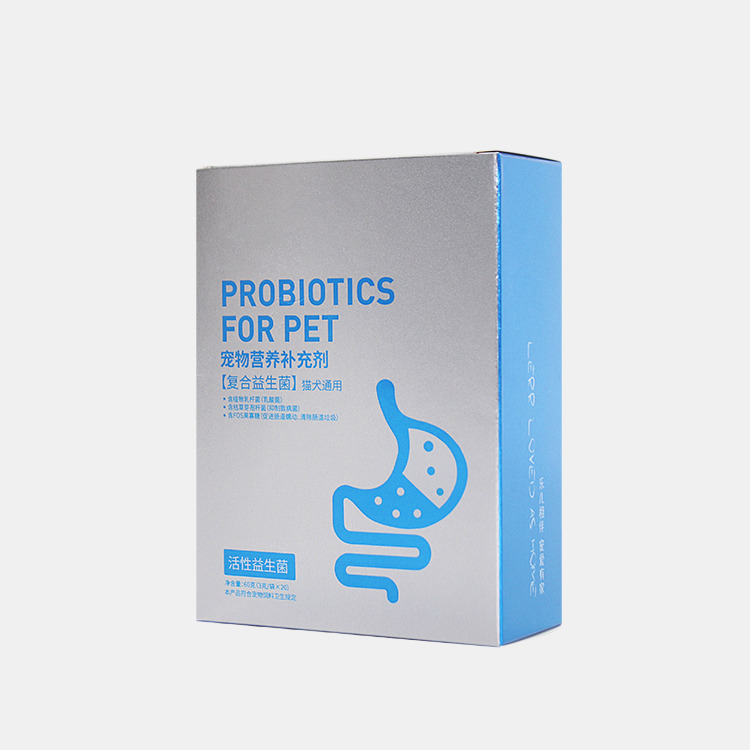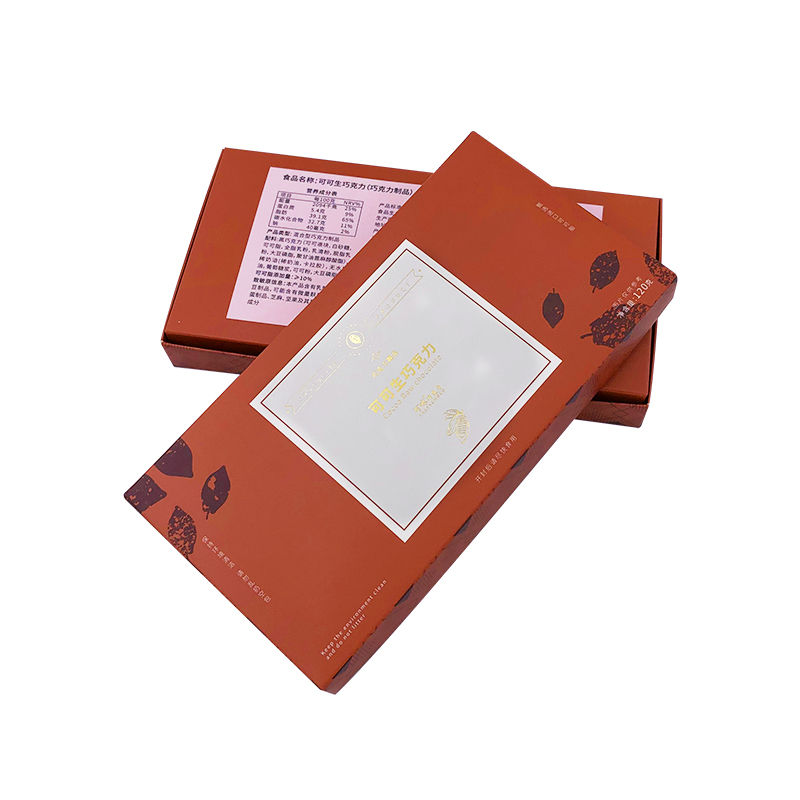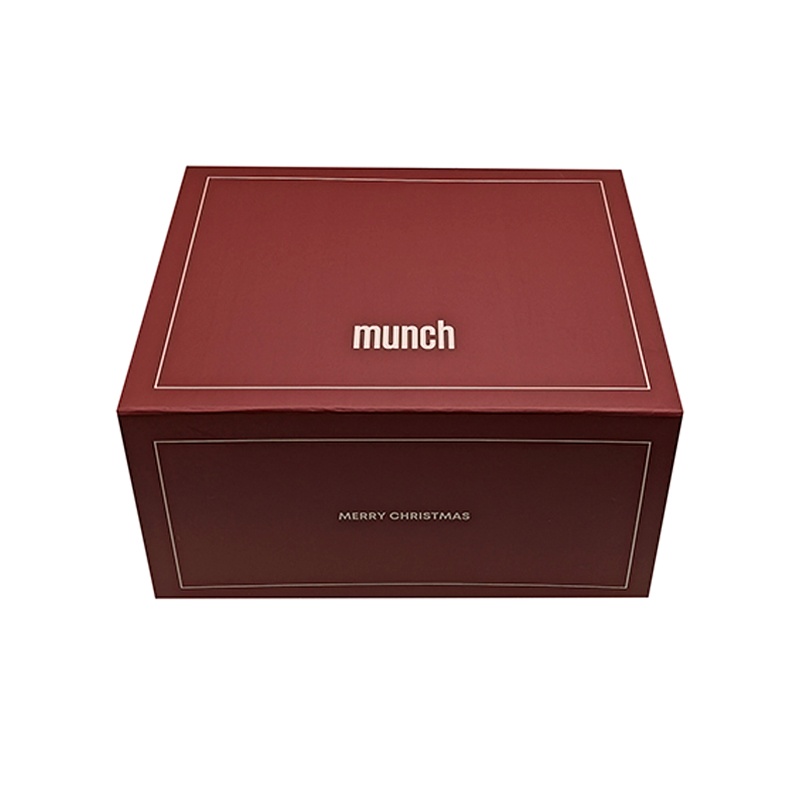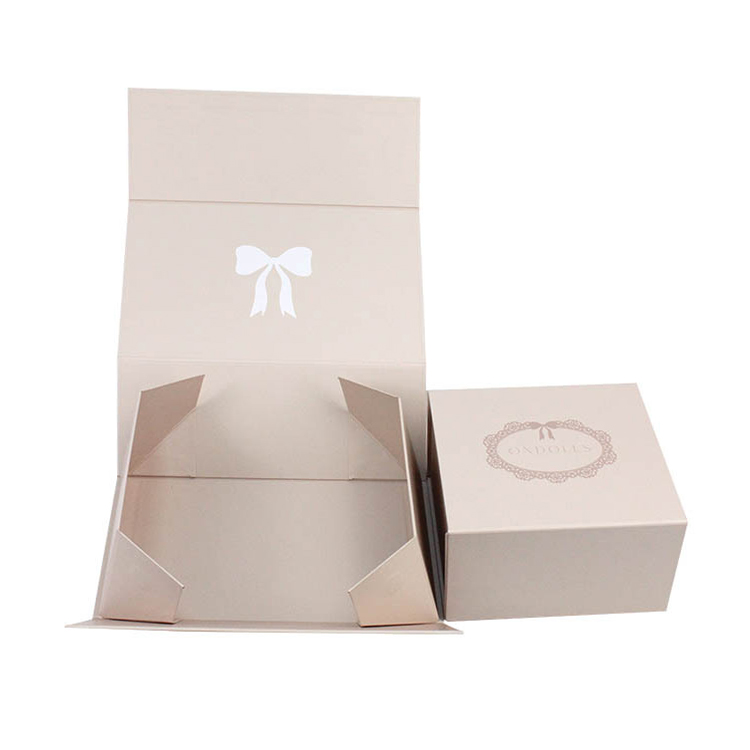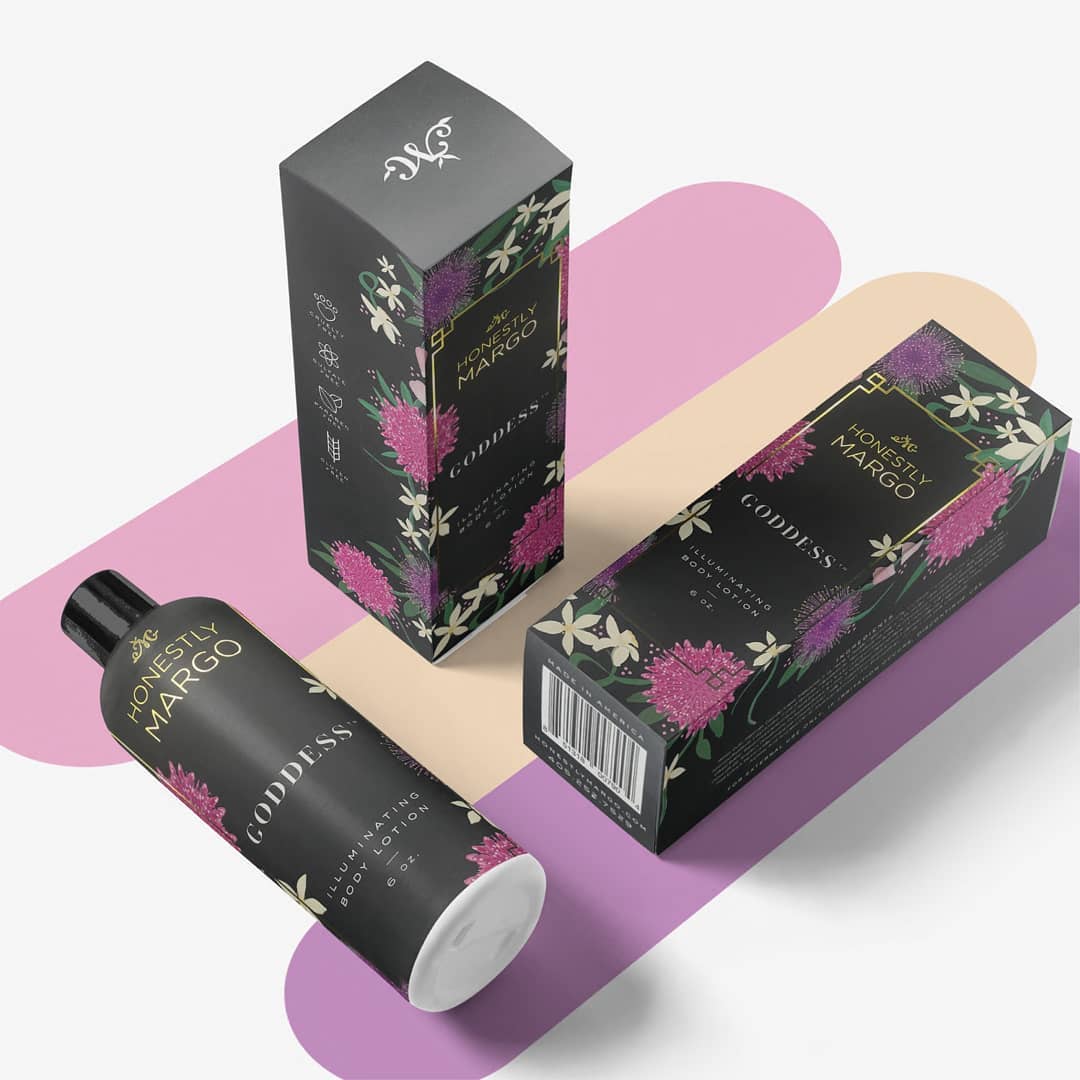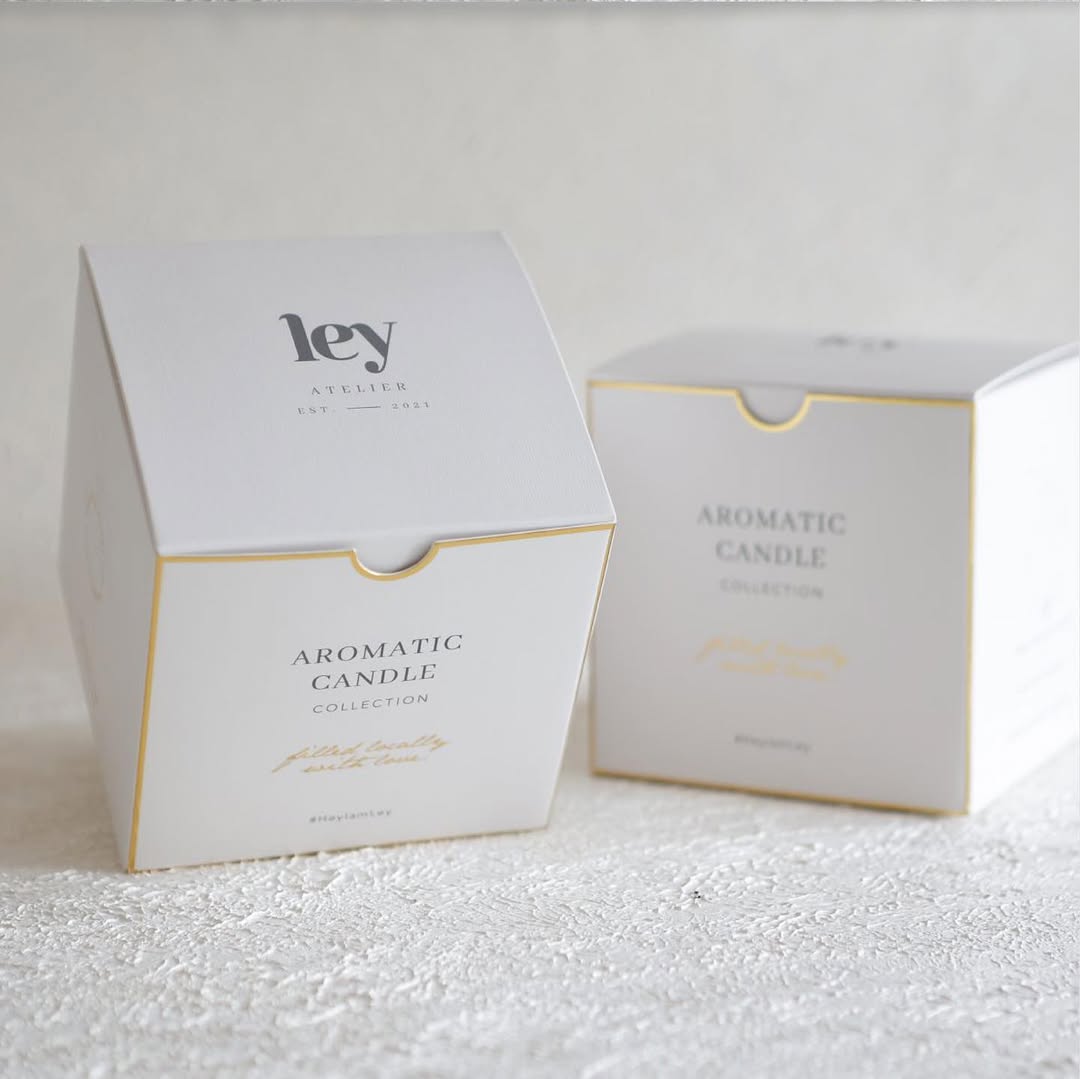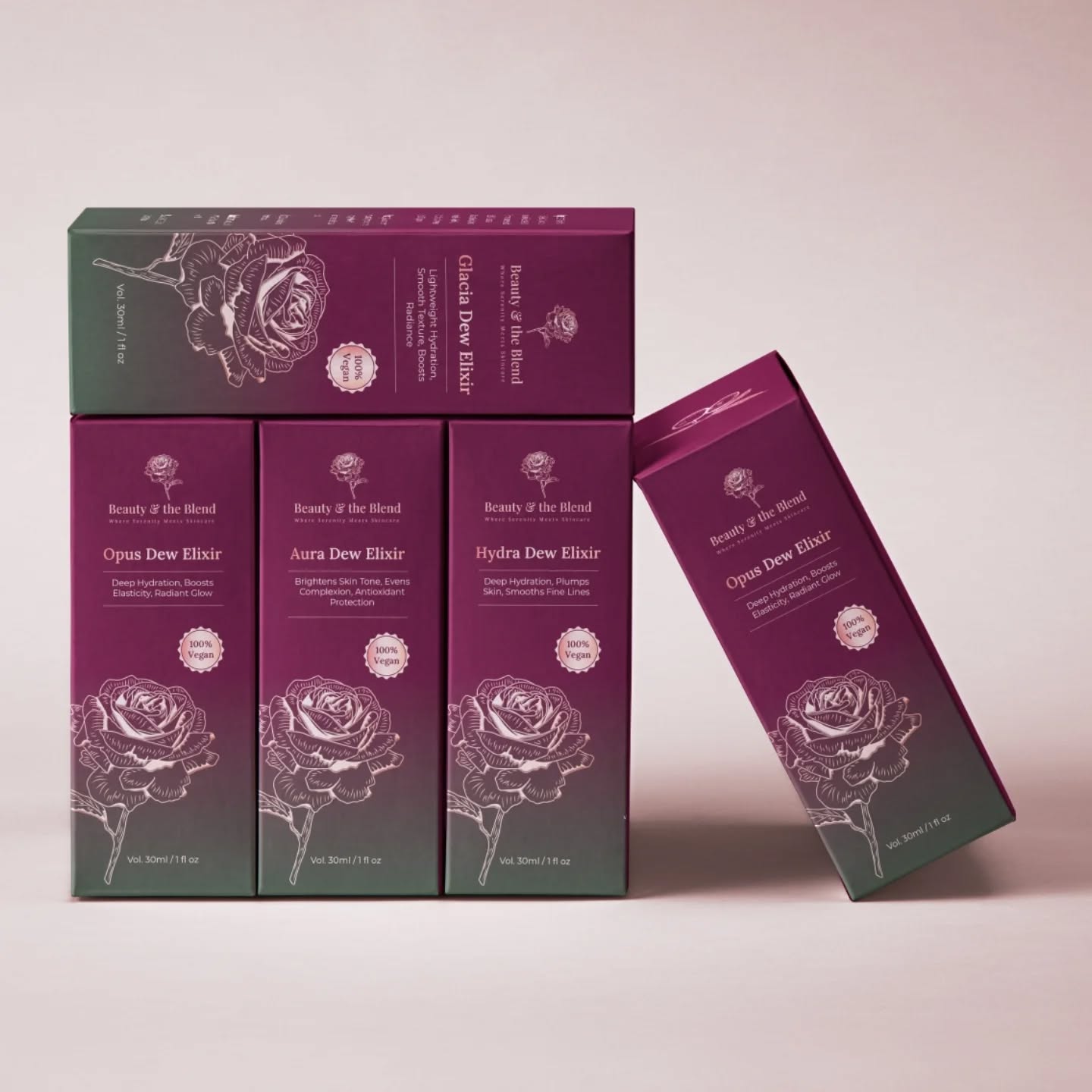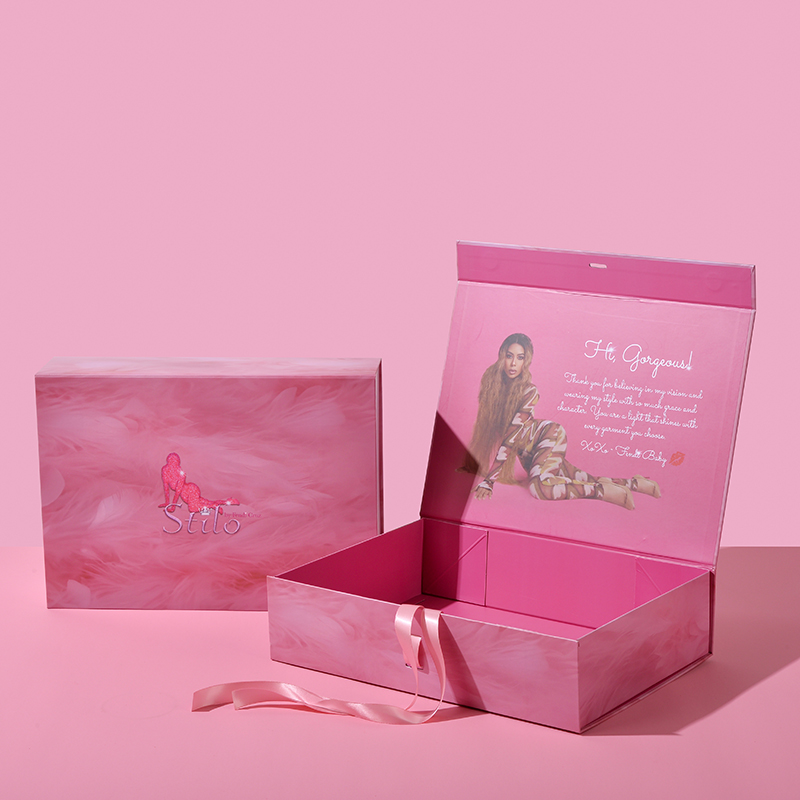Inhaltsverzeichnis
In today’s competitive marketplace, product packaging plays a pivotal role in determining a brand’s success. Packaging is no longer just a functional element for protecting products; it is a critical marketing tool that can differentiate your brand, drive consumer engagement, and enhance brand recognition. As a primary touchpoint between your brand and potential customers, packaging has the power to communicate your brand’s message and values before the consumer even opens the product. Whether it’s on a store shelf or in an online unboxing experience, packaging has the ability to turn an ordinary product into a memorable and impactful brand experience.
With the rise of e-commerce and the increasing importance of visual and sensory experiences, packaging has evolved from a mere afterthought to a fundamental component of the marketing mix. As part of the broader marketing strategy, packaging serves as a key driver in brand visibility, customer engagement, and overall product appeal. Brands that leverage the full potential of their packaging can build stronger connections with consumers, increase conversions, and create a lasting brand impact. This article will explore seven strategies that can help you turn your packaging into an effective marketing tool to elevate your brand.
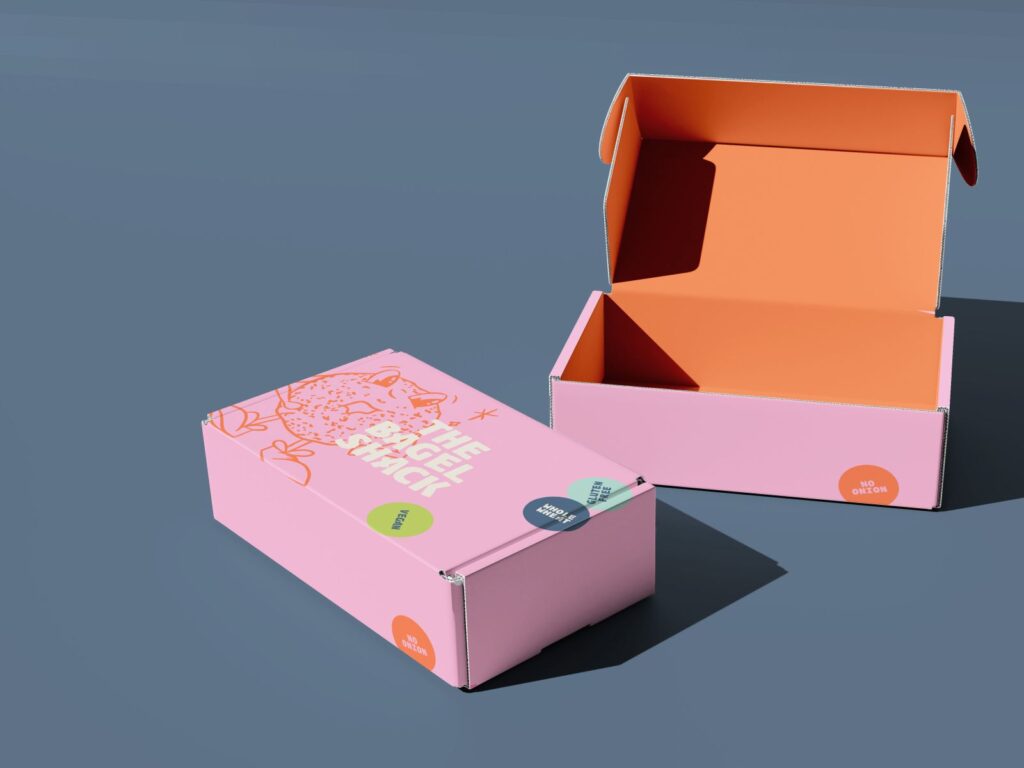
1. Align Packaging with Your Brand Identity
To create a cohesive brand experience, your packaging must align perfectly with your brand identity. Every aspect of your packaging—from colors and typography to the materials used—should reflect your brand’s personality and message. When your packaging design mirrors your brand identity, it helps set clear expectations and builds trust with your audience. On the other hand, inconsistent or poorly executed packaging can confuse consumers and diminish your brand’s value.
For example, consider a luxury fragrance brand. If the brand’s advertising focuses on high-end elegance, sophistication, and aspirational lifestyles, the packaging should reflect these qualities as well. High-quality materials, such as glass bottles housed in premium dark-colored boxes with embossing or foil details, can create an immediate sense of luxury. This alignment between product branding and packaging signals to the consumer that the product is of superior quality, even before they know the price.
2. Embrace Creative and Innovative Packaging Designs
In a crowded marketplace, standing out is essential. Innovative packaging designs can set your brand apart from the competition by capturing the attention of potential customers and leaving a lasting impression. By moving beyond traditional packaging formats and structures, you can create a memorable customer experience that encourages customer loyalty and increases sales.
For example, unique packaging shapes, unconventional textures, or interactive features like augmented reality can captivate consumers and create an experience that extends beyond the product itself. Instead of using standard rectangular boxes, think about packaging that incorporates artistic elements, or consider integrating digital technologies like QR codes or AR features that allow customers to engage with your product in new and exciting ways.
Ultimately, the key to creating innovative packaging is to push boundaries while remaining aligned with your brand’s values and consumer expectations. By creating a standout design, you enhance the product’s perceived value and elevate your brand’s image in the marketplace.
3. Prioritize Reusable Packaging
As sustainability becomes a central issue for consumers, brands are increasingly adopting eco-friendly packaging solutions that resonate with their target audiences. Consumers are becoming more conscious of the environmental impact of their purchases, and many prefer products that offer sustainable packaging options. One of the most impactful ways to appeal to eco-conscious consumers is by offering reusable packaging.
Reusable packaging not only reduces waste but also adds value to the consumer. Products packaged in containers that can be repurposed, such as mason jars, reusable tins, or durable boxes, provide an added benefit to customers and encourage brand loyalty. For example, customers can reuse these containers for various purposes, helping to create a lasting connection with your brand beyond the initial purchase.
In addition, if reusability isn’t an option, consider using biodegradable materials, which still align with sustainability goals. This will show your brand’s commitment to reducing its environmental impact and appeal to the growing segment of consumers who prioritize sustainability.
4. Incorporate Promotional Elements into Your Packaging
Packaging can do more than just protect your product—it can also be a powerful promotional tool. Adding promotional elements to your packaging is an effective way to engage consumers and drive sales. Packaging serves as prime real estate for showcasing coupons, discount codes, or special offers that incentivize customers to make a purchase.
Consider adding instant redeemable coupons (IRCs), QR codes, or even hidden messages within your packaging that lead to exclusive discounts, giveaways, or other promotional offers. For example, you could include a QR code that takes customers to a special landing page where they can access a limited-time offer or learn more about your product’s features and benefits. By incorporating these promotional elements, you enhance the overall customer experience and encourage repeat business.
Interactive packaging that encourages consumers to engage with your brand—whether through games, challenges, or other interactive features—can also boost customer retention and word-of-mouth marketing. When consumers feel involved with your brand, they are more likely to share their positive experiences on social media, amplifying your brand’s reach.
5. Create Themed or Limited-Edition Packaging for Special Occasions
One of the most effective ways to maintain consumer interest and excitement is by periodically introducing limited-edition or themed packaging. This strategy creates a sense of exclusivity and urgency, driving consumers to make a purchase before the packaging runs out. Themed packaging can also make your product stand out during key retail events or seasonal promotions.
For example, during holiday seasons, special packaging designs that reflect festive themes or celebrations can capture consumers’ attention and make your product feel more exclusive. A limited-edition design celebrating a milestone, like your brand’s anniversary or a special collaboration, can also generate excitement and interest around your product.
Themed packaging doesn’t always require a significant overhaul of your packaging design. Small changes, such as incorporating a celebratory color palette, adding unique graphics, or offering promotional items like limited-edition labels, can create a fresh and exciting look that resonates with consumers. Digital printing technologies make it easier for brands to implement such changes without the need for large production runs, making it a cost-effective option for seasonal or event-based packaging.
6. Leverage Your Social Media Presence through Packaging
In the digital age, marketing is not just about what’s on the shelf—it’s about connecting with your customers online. Incorporating your social media presence into your packaging design can help boost your brand’s online visibility and foster stronger relationships with your audience.
Displaying your social media handles, relevant hashtags, or calls-to-action on your packaging encourages consumers to follow, engage, and share their experiences with your brand across platforms like Instagram, Facebook, and Twitter. You can also invite customers to share their unboxing moments with a branded hashtag, which can help generate organic content and further increase your brand’s online presence.
Incorporating social media into your packaging design doesn’t have to be complicated. Simple prompts like “Follow us for exclusive offers” or “Share your unboxing experience with #YourBrand” can encourage engagement and amplify your brand’s reach. In addition, collaborating with influencers and creating visually appealing custom influencer boxes can attract a broader audience and foster loyalty among your followers.
7. Focus on Functionality and User Experience
While aesthetics play an important role in packaging design, the functionality of your packaging is equally crucial in creating a positive user experience. Packaging that is easy to open, resealable, or designed for convenience can significantly enhance the customer’s satisfaction with the product.
Features like easy-pour spouts, tamper-evident seals, or handles that make your product easier to carry can make your packaging stand out in a competitive market. Consumers appreciate packaging that is functional, easy to use, and minimizes waste. This thoughtful approach to design ensures that the packaging enhances the overall experience, reinforcing your brand’s commitment to quality and consumer satisfaction.
In addition, consider the potential for repurposing your packaging. Packaging that can be reused or upcycled by consumers adds an extra layer of value to your product. It also builds brand loyalty as consumers appreciate packaging that serves multiple purposes beyond the initial product use.
Sealing the Deal with Standout Packaging
At the end of the day, packaging is one of the most powerful marketing tools at your disposal. Whether you’re selling products online or in retail stores, your packaging must grab attention, convey your brand’s message, and make a lasting impact on your customers. The right packaging strategy can influence consumer behavior, increase brand recognition, and drive sales.
To elevate your brand’s packaging and make it a key part of your marketing strategy, consider partnering with experienced packaging manufacturers who can help bring your vision to life. With the right strategies and design elements, your packaging can become an extension of your brand, engaging your customers and helping you achieve long-term success in a crowded market.
FAQs
1. How can packaging impact brand recognition?
Packaging is a key element in creating visual recognition and brand identity. When designed effectively, packaging can help reinforce your brand’s personality, attract attention, and build customer trust. Consistent, unique packaging ensures that customers can easily recognize your products and associate them with your brand.
2. What is the role of sustainability in packaging design?
Sustainability in packaging is becoming increasingly important to consumers. Brands that use eco-friendly materials and offer reusable or recyclable packaging options can appeal to environmentally conscious customers. Sustainable packaging not only reduces environmental impact but also strengthens brand loyalty by demonstrating a brand’s commitment to social responsibility.
3. How do I choose the right packaging for my product?
Choosing the right packaging depends on several factors, including your brand’s identity, the nature of your product, and your target audience. Consider functionality, aesthetics, sustainability, and how the packaging will impact the consumer’s experience. Experiment with different materials, designs, and features to find the best solution that aligns with your brand’s values and engages your customers effectively.

